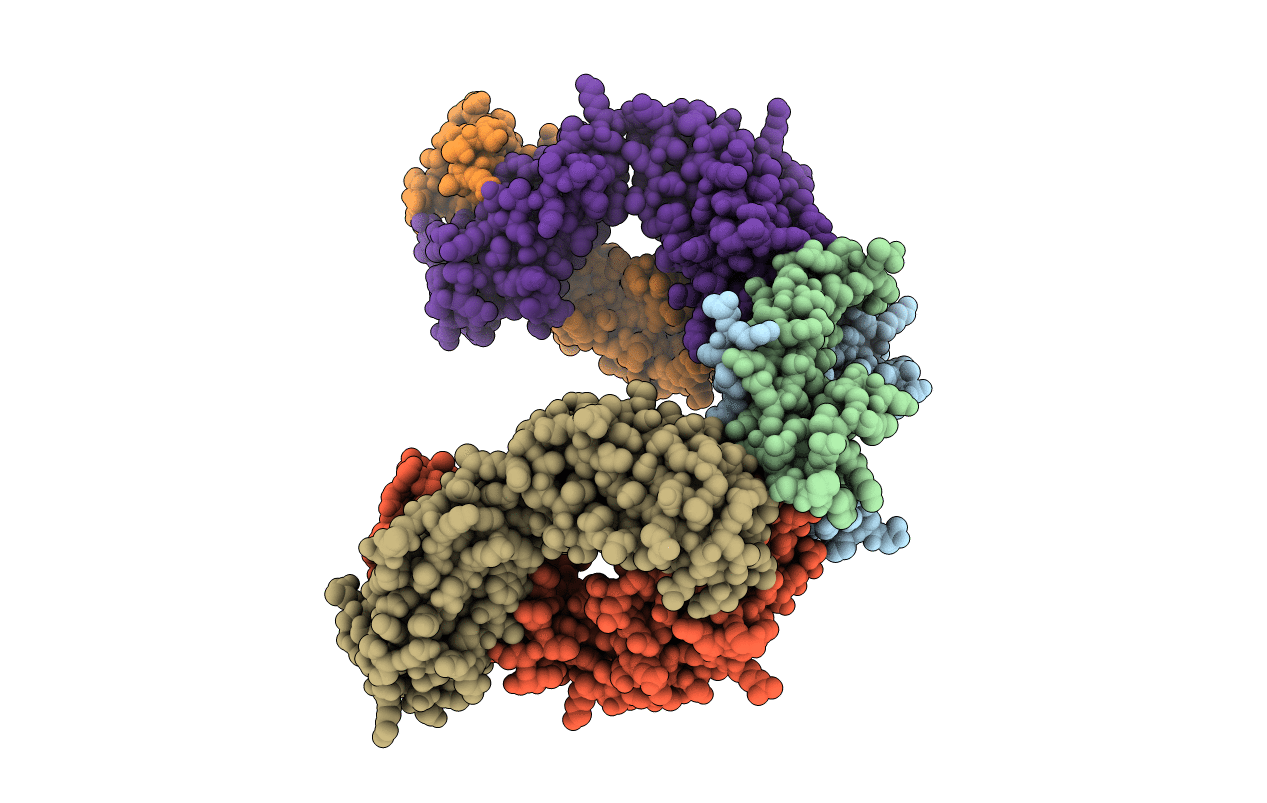
Deposition Date
2008-06-23
Release Date
2008-11-04
Last Version Date
2024-11-20
Entry Detail
PDB ID:
2VWE
Keywords:
Title:
Crystal Structure of Vascular Endothelial Growth Factor-B in Complex with a Neutralizing Antibody Fab Fragment
Biological Source:
Source Organism:
HOMO SAPIENS (Taxon ID: 9606)
MUS MUSCULUS (Taxon ID: 10090)
MUS MUSCULUS (Taxon ID: 10090)
Host Organism:
Method Details:
Experimental Method:
Resolution:
3.40 Å
R-Value Free:
0.31
R-Value Work:
0.26
R-Value Observed:
0.28
Space Group:
P 1 21 1


